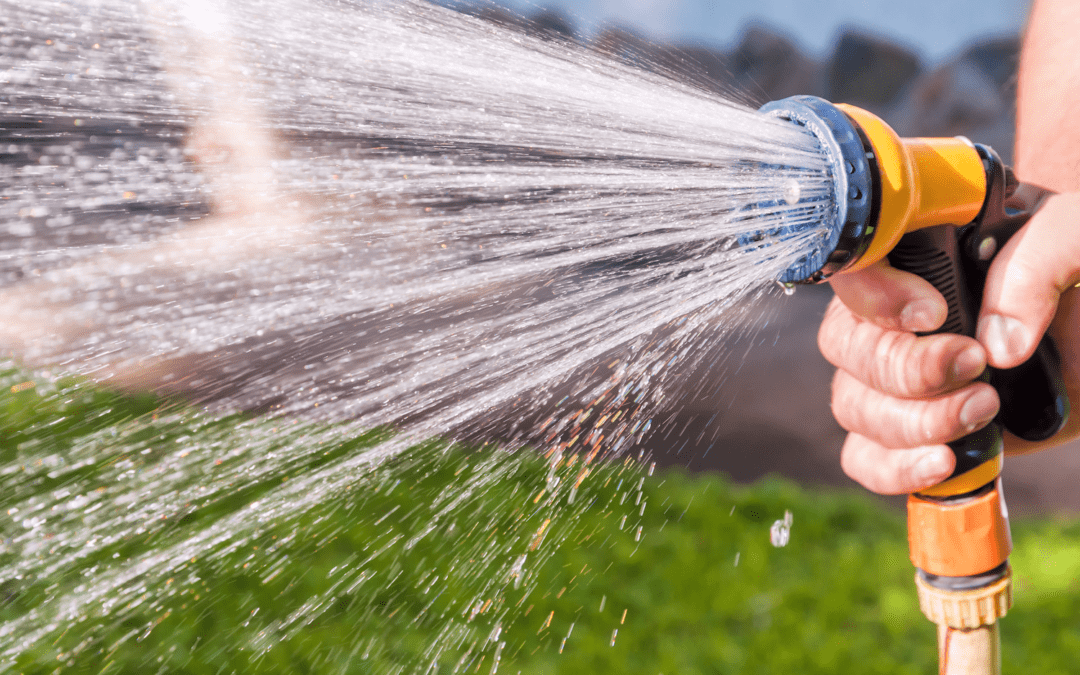
Tips for Hot Summer Weather
One of the biggest challenges you can face when maintaining your landscape is creating a design which can withstand a long, hot summer. Hot weather is the sworn enemy of many of the traditional landscaping elements used on residential properties. We wanted to offer some tips to help maintain your outdoor living space that you and your family and friends can enjoy throughout the summer months and beyond.
#1 – Find Some Shade
It is difficult for some plants to ensure direct sunlight all day long. By putting some of your sensitive plants in portable pots, you can move them into shaded areas during the heat of the day for protection. If you can’t move some of your plants, try erecting temporary shade such as a fabric umbrella which can give the plants a break while the temperatures soar.
#2 – Water Early in the Day
This just might be the most important tip you can receive for landscaping during the summer. If possible, get out and water your property early in the morning. By getting an early start on your watering, you will be able to avoid the issue of having the water evaporate before it has a chance to soak into the soil. Also, you need to avoid leaving your plants soggy overnight, as this is bad for their health. By watering early in the day, the water will have evaporated by the time night rolls around, and you will be ready to repeat the process tomorrow. Of course, if you don’t have time in the morning to water manually, you can consider setting up an automatic sprinkler system to do the work for you.
#3 – Use Plenty of Mulch
Mulch is one of your greatest allies in the battle against summer heat. With at least a couple inches of mulch in your beds, you will be able to keep the temperature down under the surface, and the moisture level will stay higher as well. In addition to the functional benefits, mulch also looks great.
#4 – Keep the Grass Long
Cutting your grass short is asking for trouble in hot weather. Even if you like the look of short grass, let it grow to at least three inches in the summer to avoid the risk of burning up the blades. Short grass will have nowhere to hide under the sun, and you may scorch the roots as a result. Get into the habit of cutting the lawn long during the summer months and move back shorter (if you wish) as autumn arrives.
#5 – When You Water, Go Deep
Instead of frequently applying just a bit of water to your lawn, try watering less often but adding more water when you do. By watering deeply, you will reach the roots, which is the entire point of watering the lawn in the first place. If watering by hand, it will take a bit of time to add enough water to get down to the root level – but your patience will be rewarded with a beautiful lawn.
Need a Landscape Design, Hardscape or Maintenance?
Send Request for More Information:





© 2023 Aztech Landscaping of Sandwich, IL provides landscaping services and decorative stone patios.
Popular service areas include: Lake Holiday, Oswego, Sandwich, Sugar Grove, and Yorkville. (see more areas)
website design by Willow Marketing Solutions








